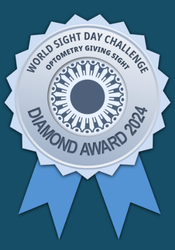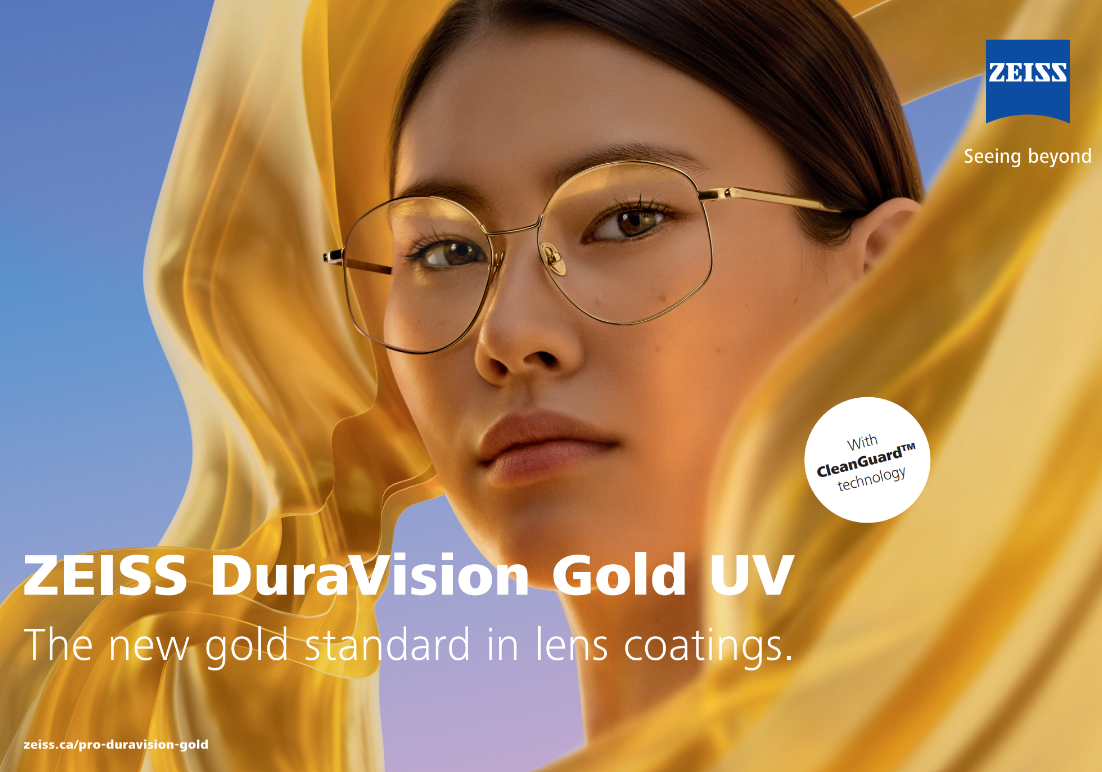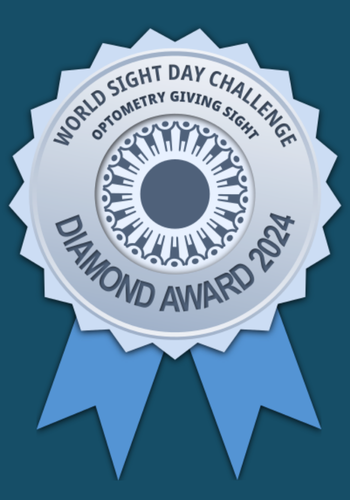A BRIEF SUMMARY OF CATARACTS
Within the eye, located just behind the iris, is a flexible structure called the crystalline lens. Like the lens inside a camera, the crystalline lens works to focus light onto the retina. A cataract is an opacity, or clouding, of this normally clear structure and is like looking through a dirty window. Surgery is needed to remove the clouded lens and an artificial lens is inserted to allow the eye to focus clearly again.
There are many types of cataracts but for simplicity we can break them down into two main groups: congenital and acquired.
Visually significant congenital cataracts are rare but do need to be treated promptly to prevent blindness. Children born with congenital cataracts require long term glasses and contact lenses to ensure that their vision develops normally. Luckily, many more people are born with small lens opacities that do not harm vision and can be left without treatment.
On the other hand, acquired cataracts are an unfortunate part of getting older, just like grey hair and wrinkles. Because of long term ultraviolet light exposure, the crystalline lens gradually changes color from clear to yellow and then to orange with age. This is called nuclear sclerosis, and virtually everyone in their fifties and older will have some degree of this yellow-orange color change. Cortical cataracts, which look like white bicycle spokes throughout the lens, are also commonly developed with age and may be asymptomatic in the early stages. Both nuclear sclerosis and cortical cataracts can cause a shift in the glasses prescription. Cataract surgery can be delayed until the patient develops symptoms such as glare at night, difficulty discerning details, and blurry vision despite updating their glasses prescription.
However, age is not the only factor in cataract development. Cataracts develop earlier and progress much quicker in people who smoke, have diabetes, and with use of certain medications such as steroids. Additionally, ocular injury is another frequent cause of cataracts. These cataracts are more visually devastating and require surgery more promptly.
Although you cannot prevent ageing, you can help to slow down cataract development by wearing sunglasses or UV blocking contact lenses, taking good care of your general health, and quitting smoking. And of course, always wear your safety glasses!
-Dr. Lana Filipic












